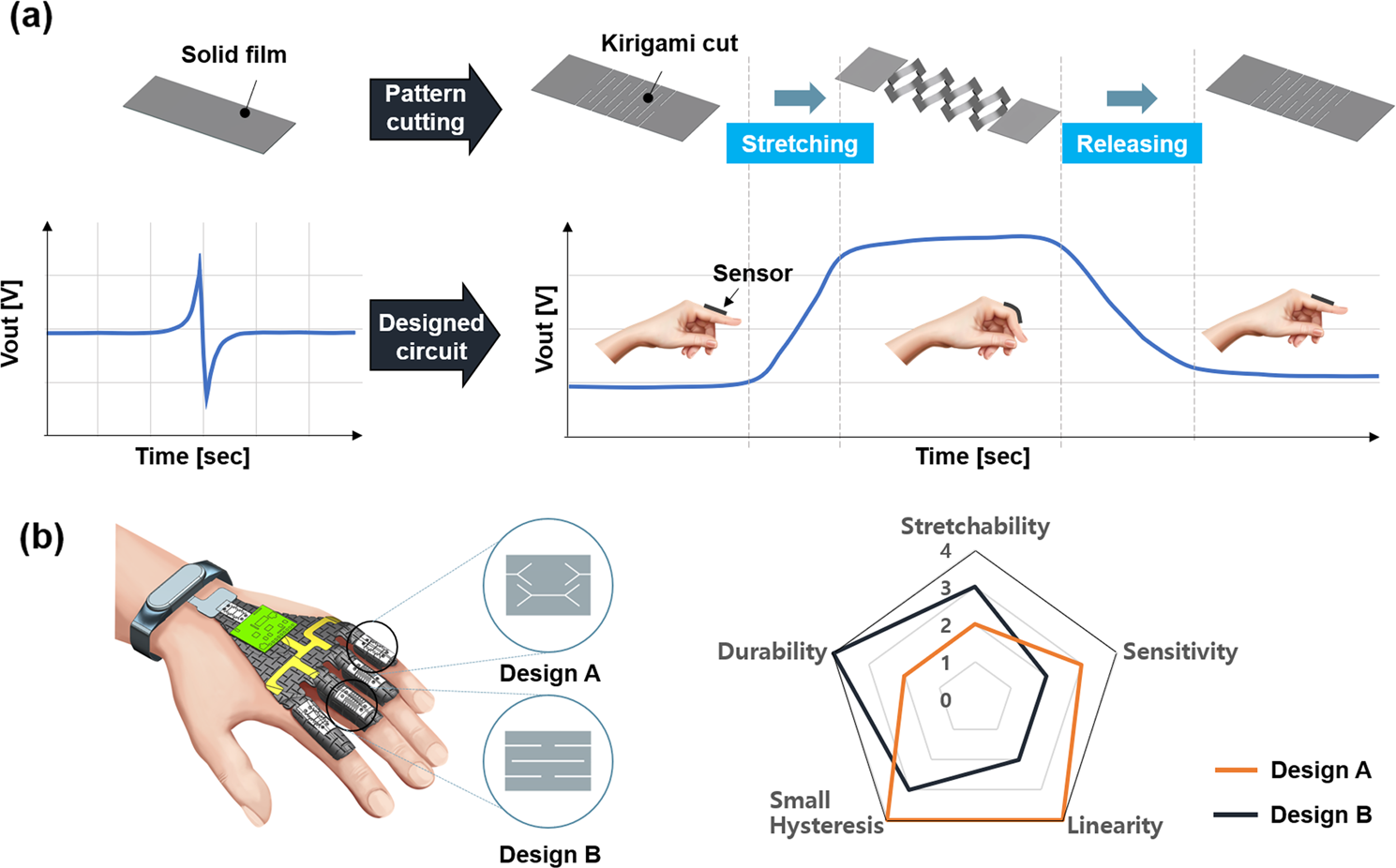Piezoelectric Materials: Properties, Applications, and Future Perspectives
Piezoelectric materials have gained significant attention in various fields due to their unique ability to convert mechanical energy into electrical energy and vice versa. This property, known as the piezoelectric effect, has opened up numerous possibilities for their application in diverse industries. In this paper, we will explore the properties and working principles of piezoelectric materials, discuss their utility in various domains, and examine their potential future applications.
1.Introduction:
Piezoelectric materials are a class of materials that exhibit the piezoelectric effect, which refers to their ability to generate an electric charge when subjected to mechanical stress or strain. This effect was first discovered by Pierre and Jacques Curie in 1880, and since then, piezoelectric materials have found widespread use in a multitude of applications.
2.Piezoelectric Materials and their Properties:
Piezoelectric materials can be categorized into two main groups: natural and synthetic. Natural piezoelectric materials include quartz, Rochelle salt, and tourmaline, whereas synthetic materials encompass ceramics, polymers, and composites. The properties of piezoelectric materials include piezoelectric coefficients, dielectric constants, mechanical strength, and thermal stability, among others.
3.Working Principles of Piezoelectric Materials:
The piezoelectric effect arises from the internal structure of piezoelectric materials. At the atomic level, these materials possess a non-centrosymmetric crystal structure, resulting in the separation of positive and negative charges. When subjected to mechanical stress, the positive and negative charges are displaced, generating a potential difference across the material.

4.Applications in Energy Harvesting:
Piezoelectric materials have gained considerable interest in energy harvesting applications, where they are used to convert ambient vibrations or mechanical energy into electrical energy. These materials find application in areas such as wearable devices, wireless sensors, and self-powered electronics, offering the potential for sustainable and renewable energy sources.
5.Applications in Sensors and Actuators:
Piezoelectric materials are extensively used in the field of sensing and actuation. They can be employed in pressure sensors, accelerometers, strain sensors, and ultrasonic transducers. Moreover, piezoelectric actuators enable precise control of movement and vibration, finding applications in robotics, precision positioning systems, and microelectromechanical systems (MEMS).

6.Medical and Biomedical Applications:
The unique properties of piezoelectric materials have paved the way for several medical and biomedical applications. They are utilized in ultrasound imaging, therapeutic ultrasound, piezoelectric drug delivery systems, and bone repair and regeneration. Additionally, piezoelectric materials have shown promise in tissue engineering and prosthetics.
7.Piezoelectric Materials in Energy Storage:
Piezoelectric materials also play a role in energy storage applications. They are utilized in piezoelectric transformers, piezoelectric capacitors, and piezoelectric energy harvesting devices. These applications offer potential solutions for efficient energy conversion, storage, and management.
8.Emerging Applications and Future Perspectives:
The field of piezoelectric materials continues to evolve, and new applications are being explored. Some emerging areas include piezoelectric nanogenerators, piezotronics, and flexible and wearable piezoelectric devices. Furthermore, advancements in material synthesis and fabrication techniques hold promise for enhancing the performance and efficiency of piezoelectric materials.
9.Challenges and Limitations:
Despite their vast potential, piezoelectric materials face certain challenges and limitations. These include material fragility, temperature sensitivity, limited bandwidth, and environmental impact. Ongoing research aims to address these issues and improve the overall performance and applicability of piezoelectric materials.
10.Conclusion:
Piezoelectric materials have revolutionized various industries by offering unique properties and capabilities. Their ability to convert mechanical energy into electrical energy and vice versa has enabled advancements in energy harvesting, sensing and actuation, medical applications, energy storage, and more. Continued research and development in the field of piezoelectric materials hold great promise for unlocking new applications and further enhancing their utility in the future.




































